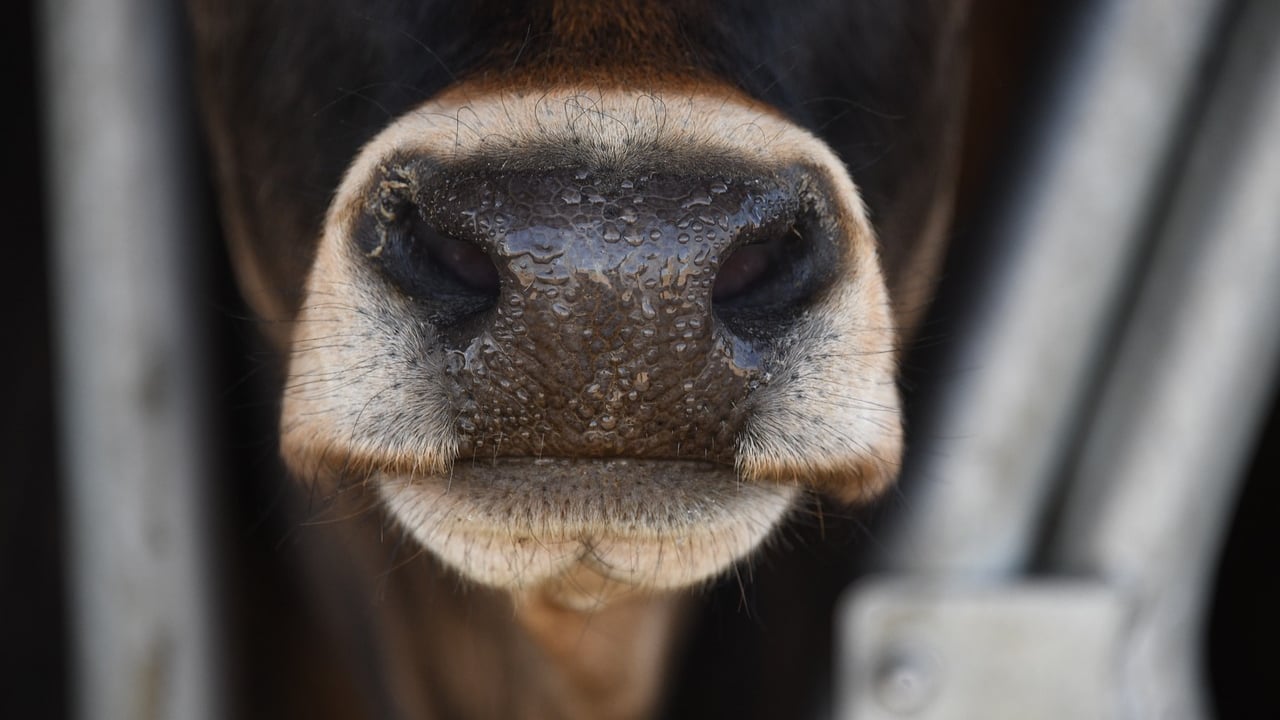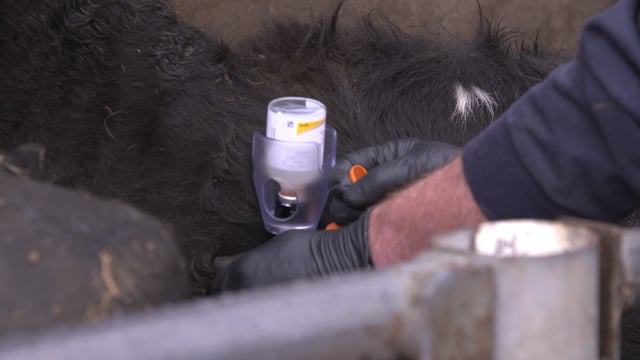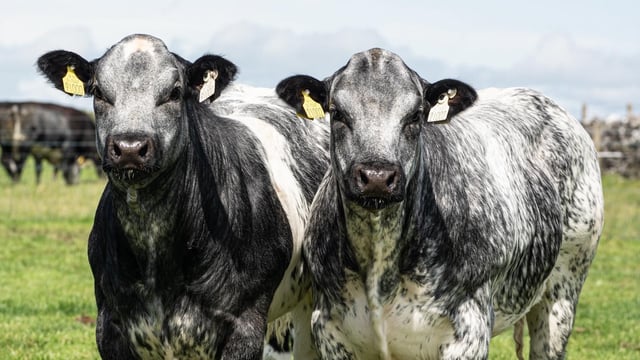Confirmed bluetongue cases in GB rise to 185 - Defra
The Department for Environment Food and Rural Affairs (Defra) has today (Sunday, December 15) confirmed that the total number of confirmed bluetongue cases in Great Britain (GB) has risen to 185.
Defra confirmed two new cases today; two bovines were confirmed positive in the restricted zone in Hampshire following surveillance testing and six bovines were confirmed positive in the restricted zone in Hampshire following surveillance testing.
The department outlined that following the identification of cases in cattle close to the boundary of the restricted zone in Hampshire, Berkshire and in the East Riding of Yorkshire, a restricted zone was further extended today to include additional areas of Hampshire, Wiltshire, Oxfordshire and North Yorkshire and also Bournemouth, Christchurch and Poole and Dorset.
Bluetongue
This follows the confirmation of six additional cases last week, the position today, according to Defra, shows 183 bluetongue cases in England and two in Wales with the restricted zone now covering a significant area in the east of England.
Bluetongue is caused by a virus which is transmitted by certain species of biting midges.
It is a "notifiable" disease in GB, Northern Ireland, Scotland and Ireland, which means that farmers must advise the relevant authority if they suspect there is a potential case on their farm.
According to Defra bluetongue affects sheep, cattle and other ruminants such as deer and goats, it also affects llamas and alpacas.
Sheep are more likely to display clinical signs of bluetongue than cattle if they become infected with the virus. The primary signs of bluetongue in sheep include:
- Ulcers or sores in the mouth and nose;
- Discharge from the eyes or nose and drooling from mouth;
- Swelling of the lips, tongue, head and neck and the coronary band (where the skin of the leg meets the horn of the foot).
Meanwhile in cattle the key signs of the virus include:
- Lethargy;
- Crusty erosions around the nostrils and muzzle;
- Redness of the mouth, eyes, nose;
- Reddening and erosions on the teats;
- Milk decline.






